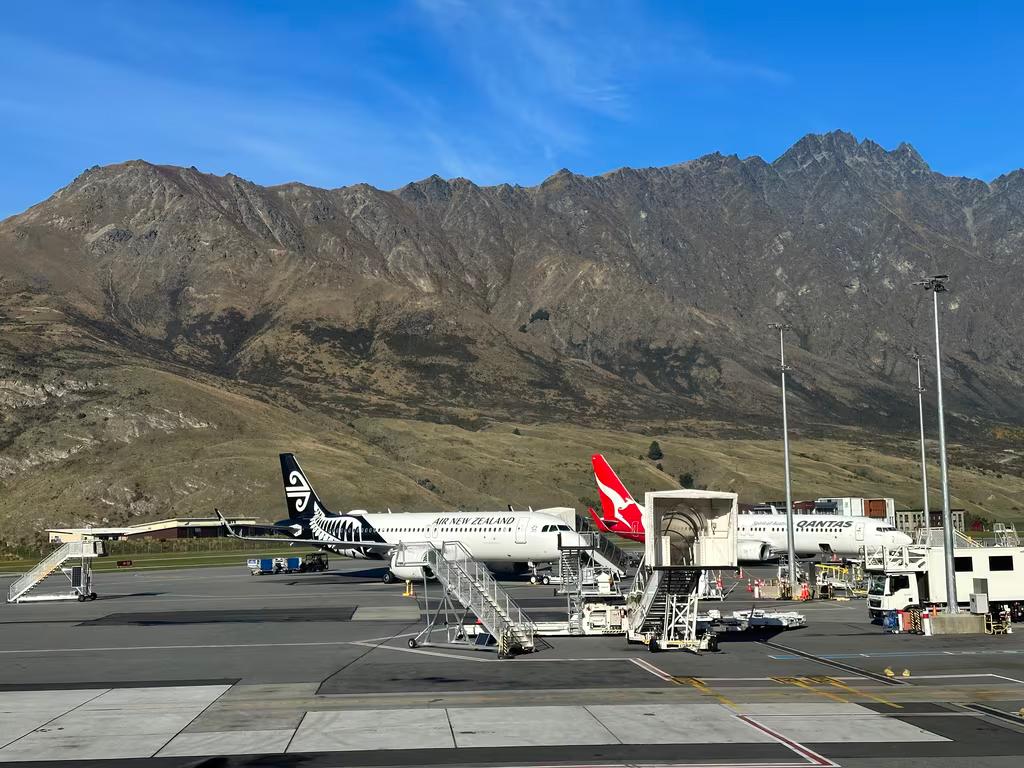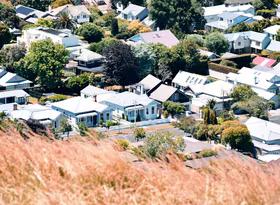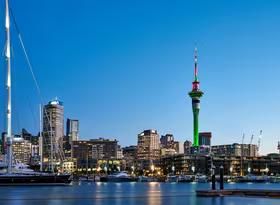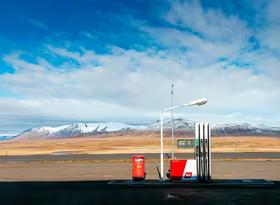Tourism has been a beacon of light in New Zealand’s economic recovery from the COVID-19 pandemic. International tourist arrivals climbed over 2022, rebounding to 68% of pre-pandemic (same month in 2019) levels in December 2022. However, more recent data from Stats NZ suggests that this rebound is beginning to stagnate.
Rapid tourism revival too good to last
The recovery of tourism arrivals has tracked even better than we had expected as the borders started to reopen. In the December 2022 quarter, tourist arrivals totalled 752,800, 47% higher than we had predicted in our February 2022 forecasts (see Chart 1). However, performance varied across different markets –arrivals from North America were over 250% higher than expected, but arrivals from China were 61% lower.
The strong recovery over 2022 presented its own challenges, with a flood of tourists arriving amid acute labour shortages in the tourism sector and the wider economy. Annual Infometrics estimates indicate that employment in the tourism sector fell 37%pa over the year to March 2021 (so from April 2020, as COVID-19 hit), and recovered only slightly, by 4.3%pa, over the year to March 2022 as borders were starting to open.
In December 2022, Stuff reported that hotels across the country were short over 2,500 workers, and that restaurants and bars would need an additional 30,000 workers for the summer season.
A shortage of staff makes for a poorer visitor experience, including delays in service, difficulty booking rooms and activities, and being met with a much more tired, thinly stretched frontline of workers. A poorer experience can also dampen future demand for travel to New Zealand, if a view of a poorer experience becomes common. Given the economic boost provided by returning tourism, a labour shortage that significantly downgrades the visitor experience came at just the wrong time.
Three key causes for recent tourism recovery stagnation
Coming into 2023, we are finding that tourism arrivals are veering away from the previously fantastic recovery runway. After peaking at 68% of pre-pandemic levels in December 2022, total arrivals have since dropped to 64% of pre-pandemic levels in February 2023 (see Chart 2).
Australian arrivals fell from 85% of pre-pandemic levels in December, to 77% in February. Arrival numbers from other key markets, including North America and North Asia, are also plateauing. We believe that this stagnation has three key components: deteriorating economic activity worldwide, the end of pent-up travel demand, and an acute lack of visitors from China.
Household budgets squeezed by rising interest rates and rampant inflation is not an issue unique to New Zealand. Monetary tightening has yet to reach its peak in the United States and Eurozone, and headline inflation remains above 4%pa across most major economies. This worldwide cost-of-living crisis, coupled with the fact that New Zealand is one of the furthest, most expensive travel destinations for households overseas, means we are among the first to be cut when travel budgets and discretionary spending are tightened. The outlook for global GDP growth remains fairly weak, with a softening or plateauing in 2024 expected across North America and the Asia Pacific. More limited household spending means we can expect a much more subdued path for tourism recovery in the coming months.
After two years of closed borders and virtually no international tourism, the reopening of the borders in 2022 also unlocked saved travel funds that households around the world were able to accumulate over the COVID-19 pandemic. This saved up cash, and a desire to travel again after many missed trips and cancelled plans, will have bolstered the start of the tourism revival. This release of pent-up demand is the same as what occurred locally after Level 4 lockdowns ended – hardware and electronics stores, and takeaways stores, saw themselves overwhelmed with customers in a burst immediately after restrictions were lifted.
The absence of Chinese tourism has also been problematic for inbound arrival numbers, with the number of visitors from China at just 8% of pre-pandemic levels in February 2023. Despite the reopening of Chinese borders at the start of this year, recovery has been slowed drastically by delays in passport renewals and a lack of flight capacity. CNBC reported in March that an improvement in domestic tourism offerings during the country’s three years of border closure has made international travel a lower priority for Chinese tourists.
Prior to the pandemic, China made up around 10% of total arrivals over a year. So far in 2023, China has represented just 2%. A particularly sluggish path for Chinese tourism has hampered the overall recovery of arrival numbers deeply. As an example, a return by Chinese tourism to just a quarter of pre-pandemic levels in February would have meant an additional 8,500 tourists over the month (taking the proportion of pre-pandemic levels up to 74%).
The importance of tourism
Tourism is a crown jewel in New Zealand’s economy, fortifying various industries, including retail trade, accommodation, and recreation services. Over the year to March 2018, tourism represented 4.3% of New Zealand’s GDP. By March 2022, this proportion had fallen to 2.8%. As the tourism recovery falters in tandem with New Zealand heading into a recession, we expect industries supported by tourism will face an even more precipitous drop in activity than they would have otherwise. Looking to the year ahead, it is apparent that our tourism sector will have to find innovative ways to stay top-of-mind for households overseas.







